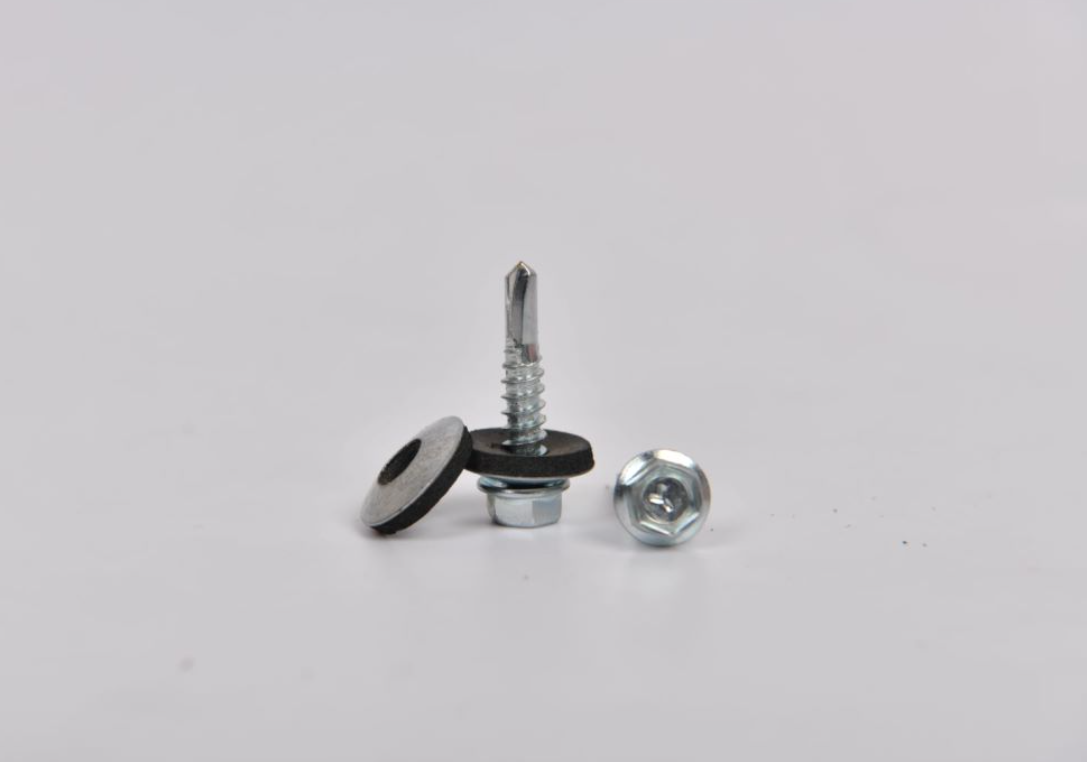screw length for 1/2 drywall ceiling
Choosing the Right Screw Length for 1/2” Drywall Ceilings
When it comes to installing a drywall ceiling, one of the most crucial aspects that can impact the overall success and durability of the project is choosing the appropriate screw length. Specifically, when working with 1/2” drywall, using the correct screw length is vital not just for achieving a smooth finish but also for ensuring that the drywall is securely fastened in place. In this article, we will delve into the factors you should consider when selecting screw lengths for your drywall ceiling and the best practices to follow.
Understanding Drywall Thickness
1/2 drywall is a common choice for ceilings due to its balance of weight and strength. It is important to note that drywall is typically fastened to the furring strips or ceiling joists behind it, and the screw length must accommodate the drywall thickness and the material behind it. For 1/2” drywall, the general recommendation is to use screws that are 1 1/4” to 1 5/8” in length. This length allows the screw to penetrate the drywall itself and go into the wood or metal framing beneath, providing adequate support and preventing sagging over time.
Why Screw Length Matters
The primary reasons screw length is important are as follows
1. Anchoring Capability A screw that is too short may not penetrate deeply enough into the framing material, leading to weak anchoring. This can result in drywall sagging over time or even separation from the structural support, leading to an unattractive and unsafe condition.
2. Surface Finish If a screw is too long, it can penetrate through the drywall and become visible, which is not only aesthetically unpleasing but can also potentially lead to damage to the screw head during installation or when the surface is finished.
3. Time Efficiency Using the right screw length can significantly reduce installation time. Properly sized screws will not require as much adjustment or re-sealing, allowing for a smoother and quicker transition to finishing the drywall.
Types of Screws
screw length for 1/2 drywall ceiling

While selecting screw length, one must also consider the type of screws being used. For drywall ceilings, self-tapping screws specifically designed for drywall are the most effective choice. They typically have a sharper point and are designed to reduce the effort required for installation. Drywall screws come in various types such as
- Fine-thread Screws Best for metal framing. They grip better in the metal, providing a strong hold. - Coarse-thread Screws Ideal for wood framing. They offer improved holding power in softer materials like wood.
Best Practices for Installation
Here are some best practices to follow when installing screws for your drywall ceiling
1. Spacing It's important to maintain proper spacing between screws. Typically, screws should be placed approximately 12 inches apart across the field of the drywall and about 8 inches apart along the edges. This ensures that the drywall is securely fastened and minimizes the risk of sagging.
2. Pilot Holes For particularly hard materials, consider pre-drilling pilot holes to reduce the chance of splitting the wood when inserting the screws, especially if using coarse-thread screws.
3. Leveling Make sure the screws are slightly countersunk into the drywall surface. This will allow for an even finish when applying joint compound later on. Use a drywall screwdriver or bit that limits depth to prevent over-sinking the screw.
4. Inspect for Adjustment After installing the screws, inspect the surface for any visible screw heads that may have penetrated too deeply or gaps. Minor adjustments may be necessary before applying the finishing touches.
Conclusion
Selecting the right screw length for 1/2” drywall ceilings is essential for a successful drywall installation that is both sturdy and visually appealing. Taking into account the right screw length, type, spacing, and installation practices will lead to a more efficient and professional-looking outcome. By paying attention to these details, you will ensure a well-finished drywall ceiling that can withstand the test of time, providing a solid foundation for painting or adding other decorative elements. Remember, in drywall installation, the smallest details often yield the most significant results.
-
Top Choices for Plasterboard FixingNewsDec.26,2024
-
The Versatility of Specialty WashersNewsDec.26,2024
-
Secure Your ProjectsNewsDec.26,2024
-
Essential Screws for Chipboard Flooring ProjectsNewsDec.26,2024
-
Choosing the Right Drywall ScrewsNewsDec.26,2024
-
Black Phosphate Screws for Superior PerformanceNewsDec.26,2024
-
The Versatile Choice of Nylon Flat Washers for Your NeedsNewsDec.18,2024










